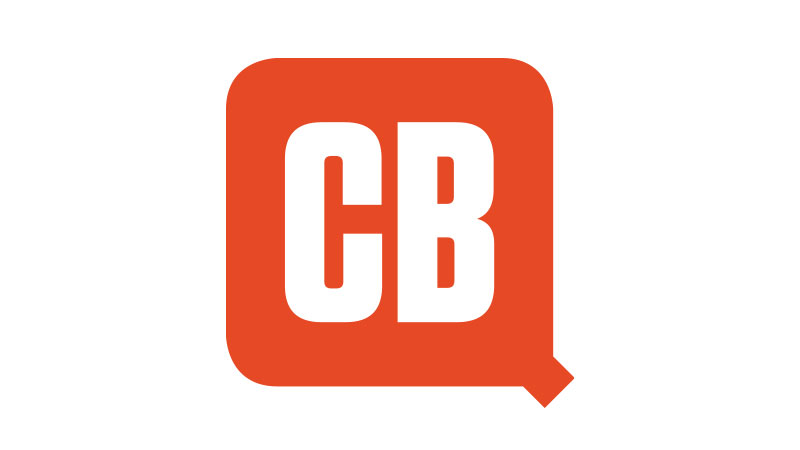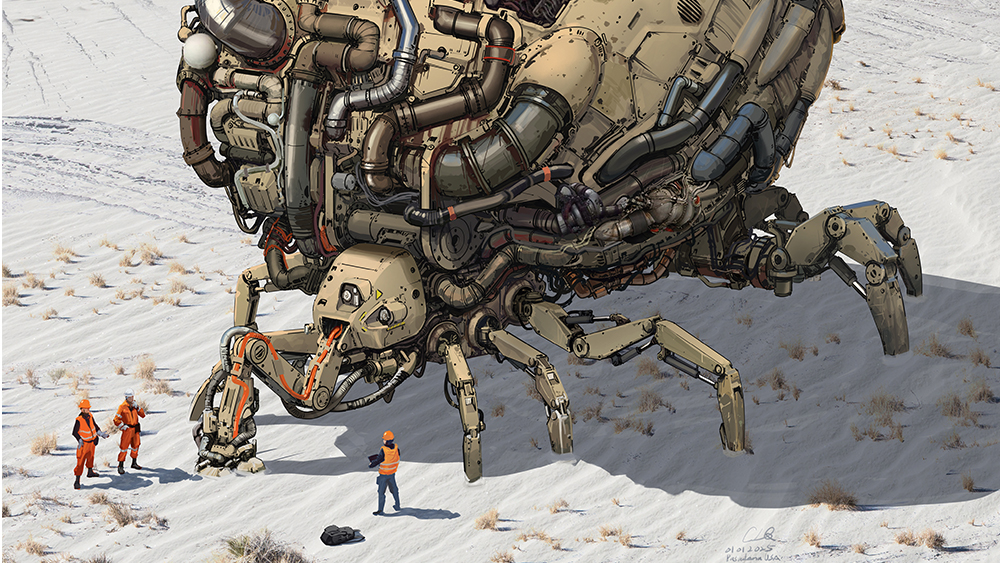3 ways to bridge the gap between web designers and developers
Creative Tim Briant tells designers how to work well with developers (and vice versa).
02. Designers and developers are given different briefs
Designers are often included at the initial stages of web development discussions, whereas developers are often left out until later. Why? Because developers are unfortunately thought of as simple machines who turn product and design specifications into code. This perspective, of course, is counter-productive.
In reality, when a developer is kept segregated from the bigger picture, project goals get lost in translation as they go from client to product manager to designer to developer. Think of it this way: When the project manager tells the designer to use a specific font and copywriting tone of voice, but the developer is merely told that all text must be highly indexable by search engines, whose objective wins out? With a segregated approach, designers and developers are out of sync right from the start, and the project gradually becomes less about producing the best work possible and more about making sure individual objectives win out.
Solution
Get designers and developers into the very first series of client and product manager meetings so that both parties develop a close feel for the project, understand the rationale behind key decisions, and are able to intuitively make decisions everyone will favor.
03. Production content differs from dummy content
Mockups typically use dummy text and image content. Certainly, you've seen 'lorem ipsum' everywhere. The real world, of course, is very different: Once a site goes live with real content, things change drastically – often in a bad way if the design and code didn't account for variable image sizes and differences in text length and positioning. Then, when the client takes a gander and starts making micro-change suggestions of his or her own, you quickly get far away from the initial draft.
The end result is that both the developer and the designer are suddenly thrown into the ring to battle out how all the new changes have to be best compromised between the two's objectives. It’s a sudden confrontation that the developer and designer are never fully prepared for.
Solution: Move away from the concept of mockups. Start with working feature-limited prototypes from day one. The sooner you're working with materials that can be interacted with, the sooner you will foresee exactly how those materials should be reimagined to better fit the client's original intentions. If you're using a tool like Webflow or Webydo, you're given the double-advantage of having everything you design work right away; these tools let you build real production sites – not just prototypes.
Daily design news, reviews, how-tos and more, as picked by the editors.
Wrapping up
When designers and developers work in isolation, the end result is a site that lacks soul or substance. Or both. Always work to avoid this from the very beginning of any project.
Tell me, what's worked for you? How have you bridged the divide between design and development in your work?
Words: Tim Briant
Tim Briant is a freelance full-stack developer and designer.
Like this? Read these!
- A fantastic free ebook about adaptive web design
- Brilliant Wordpress tutorial selection
- Our favourite web fonts – and they don't cost a penny

The Creative Bloq team is made up of a group of art and design enthusiasts, and has changed and evolved since Creative Bloq began back in 2012. The current website team consists of eight full-time members of staff: Editor Georgia Coggan, Deputy Editor Rosie Hilder, Ecommerce Editor Beren Neale, Senior News Editor Daniel Piper, Editor, Digital Art and 3D Ian Dean, Tech Reviews Editor Erlingur Einarsson, Ecommerce Writer Beth Nicholls and Staff Writer Natalie Fear, as well as a roster of freelancers from around the world. The ImagineFX magazine team also pitch in, ensuring that content from leading digital art publication ImagineFX is represented on Creative Bloq.
